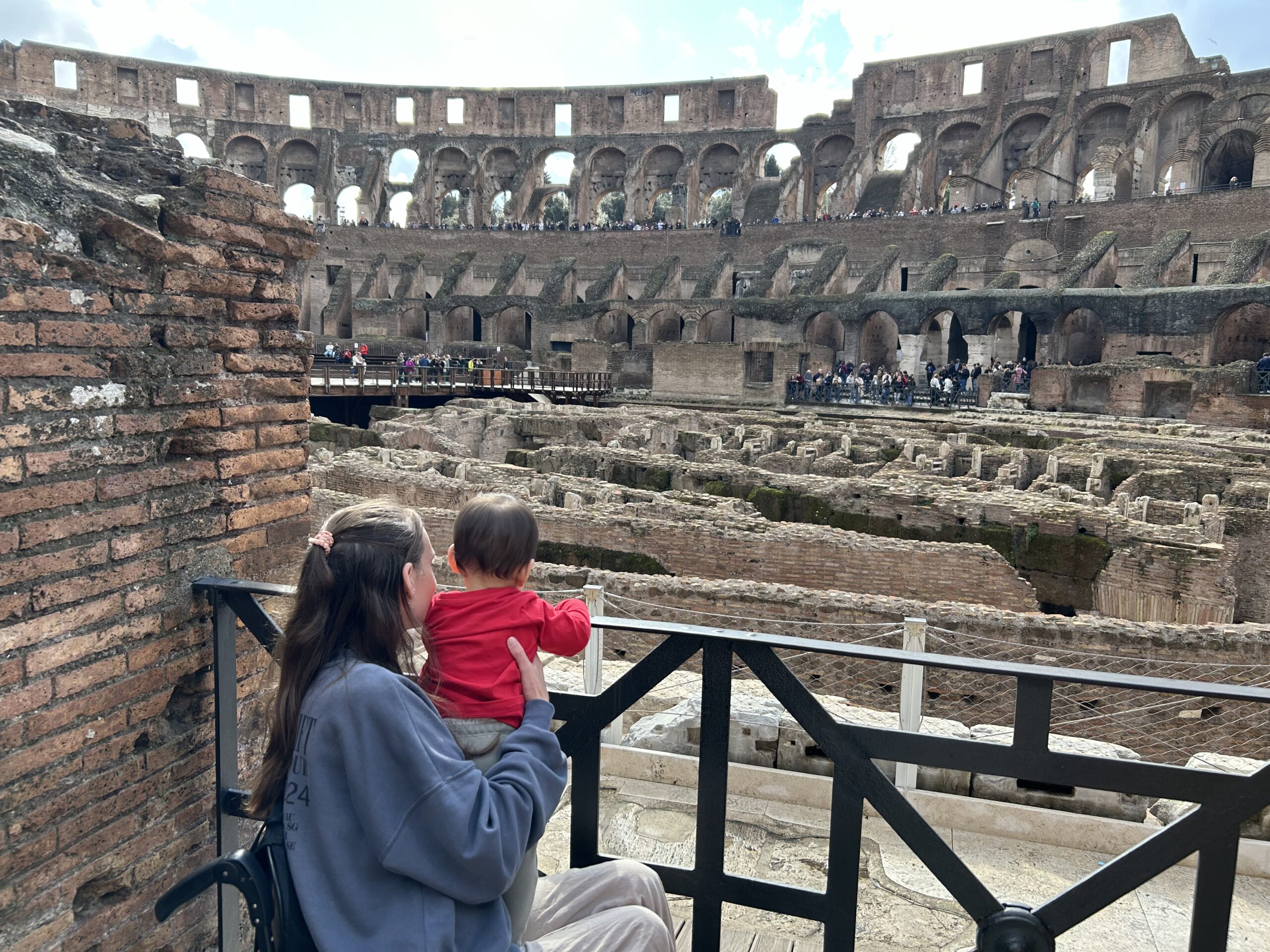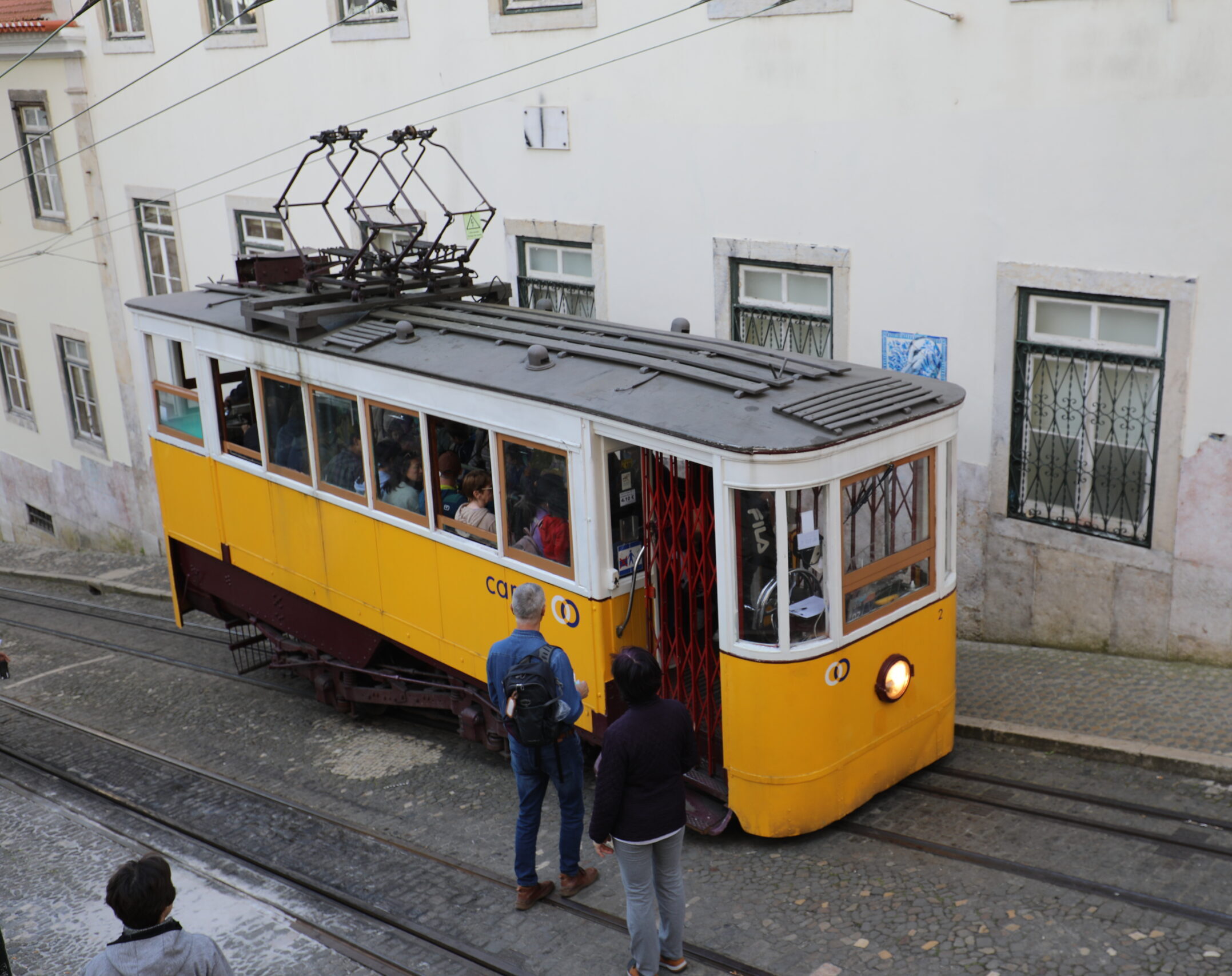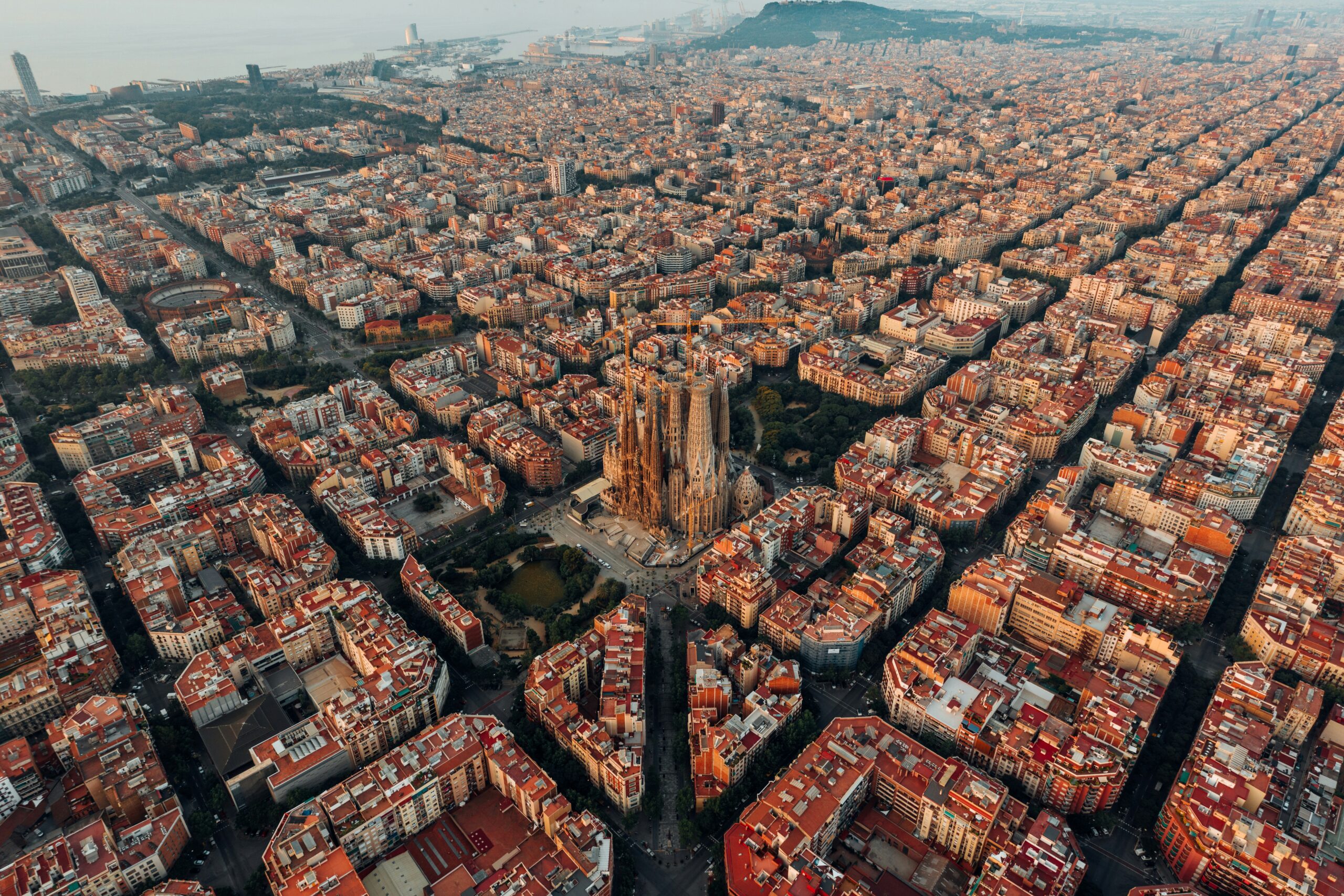Rome, a city rich in ancient history and breathtaking beauty, remains an essential destination for travellers from around the globe. Yet, for wheelchair users, its iconic cobblestone streets and historic architecture might initially feel overwhelming.
Fortunately, Rome has made remarkable progress in accessibility, ensuring that visitors with mobility challenges can fully enjoy its timeless landmarks, mouthwatering cuisine, and vibrant culture.
If you or a loved one uses a wheelchair and are planning a trip to the Eternal City, this detailed guide will equip you with the tips and insights needed to explore Rome seamlessly and make the most of your adventure.

Rome’s progress toward accessibility
With its 2,000-year-old infrastructure, Rome wasn’t originally built with accessibility in mind. However, in recent years, the city has taken significant steps to adapt its historic beauties for modern travelers. Accessible metro stations, wheelchair-friendly walkways, and adaptive measures at archaeological sites now make it possible to explore Rome’s grandeur comfortably.
That said, it’s important to stay prepared. The city’s unique charm, including its famous cobblestone streets, may still pose challenges, but with a bit of planning and the tips below, you’re bound to have an unforgettable experience.
Accessible Landmarks You Can’t Miss
1. The Colosseum
The Colosseum, one of Rome’s most iconic landmarks, offers impressive accessibility for visitors. Ramps provide easy entry and access to much of the first tier, while elevators make reaching the upper levels hassle-free. Attentive staff are readily available to assist and ensure a seamless experience throughout your visit.
the routes
Visitors have two accessible routes to explore the interior of the Colosseum.
The first option involves taking the elevator to the middle tier and following the designated accessible route on Level One. This path guides you through the exhibition area and offers a stunning view of the amphitheater.
The second route begins immediately upon entering the Colosseum, just past the turnstiles (wheelchair users can access the site through a separate gate). This path follows the perimeter of the ancient arena floor, with ramps installed throughout to facilitate movement. Clear signage with arrows ensures easy navigation, and both routes ultimately lead to the exit.
The grounds
The accessibility of the paths within the Colosseum is a topic of mixed opinions. In our experience, the majority of the pathways were relatively easy to navigate, as they consist primarily of hard concrete rather than uneven cobblestones. However, certain areas were rougher and required assistance to manage more challenging sections.
Accessible toilets
There are two accessible toilets available to visitors.
The first is located within the Colosseum itself and is well-marked throughout the building for easy identification. The second is situated just outside the Colosseum. Accessible to the public, this restroom can be found by exiting through the back entrance and turning left. It operates from 10 AM to 7 PM and is maintained by a dedicated staff member, ensuring cleanliness at all times.
The first restroom is conveniently located within the Colosseum and is clearly marked for easy identification. However, it is part of a restroom block accessed via a steep ramp, which can be challenging to navigate, especially in crowded conditions.
Tickets
Disabled visitors and one companion can enjoy free entry to the Colosseum, along with priority access. Simply bring a valid disability certificate to take advantage of this benefit. Reservations are not required.
Here’s a helpful tip: When we visited the ticket office, we presented our Australian documentation—a doctor’s letter and a disabled parking permit—at the ticket office. Without needing any further proof of Marli’s disability, our group of three adults and one infant was only charged for a single adult entry ticket.
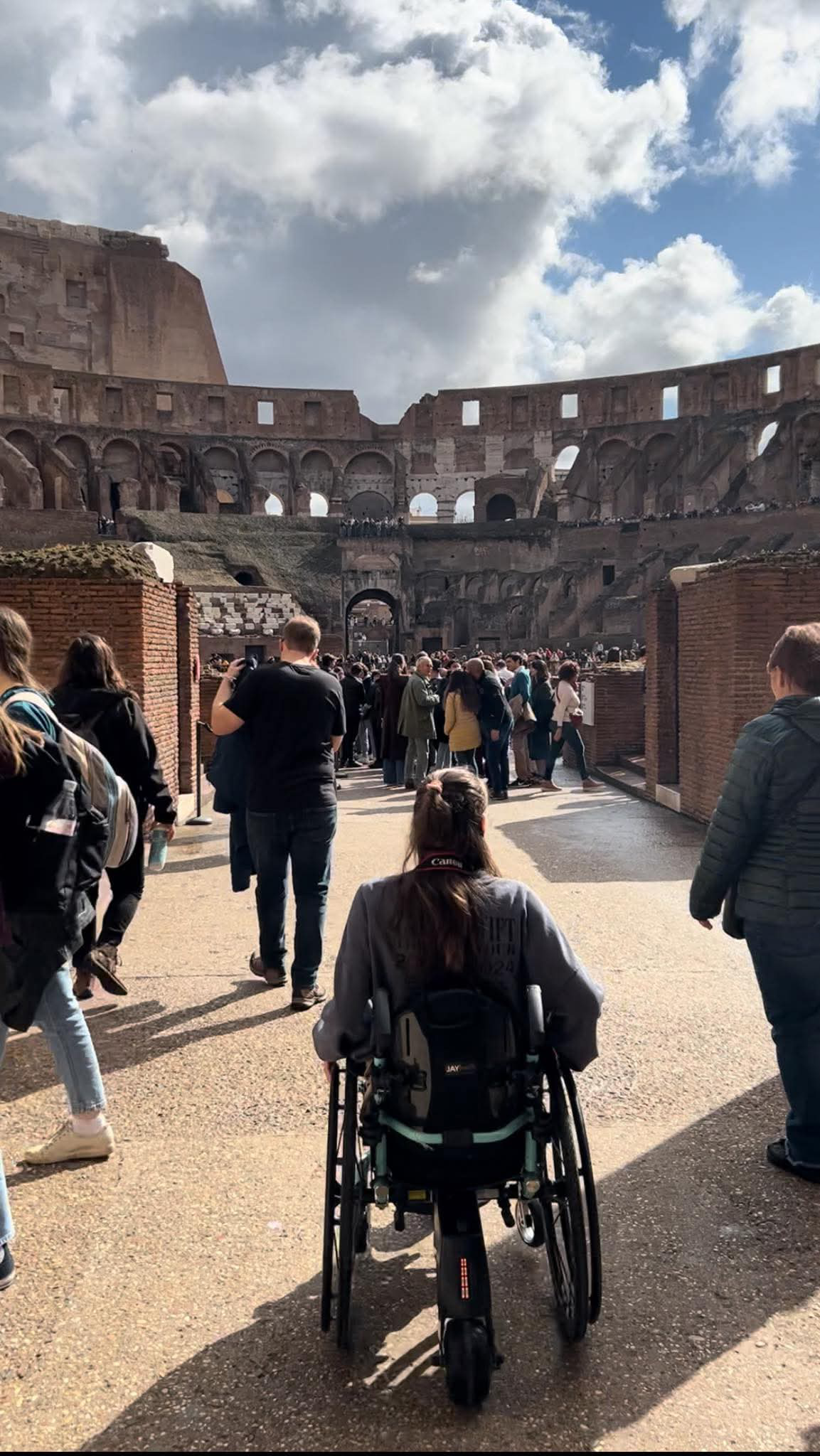
2. The Vatican Museums and Sistine Chapel
The Vatican Museums are a true treasure trove of art, and they’ve made commendable efforts to enhance accessibility for all visitors. With elevators and wheelchair-accessible restrooms, exploring the museums is straightforward and convenient.
Vatican City offers several remarkable sites to explore, each showcasing its rich history and artistry. Visitors can marvel at St. Peter’s Basilica, located at the end of the grand square, or venture to the Vatican Museums, which include the Raphael Rooms and the iconic Sistine Chapel. These two areas are approximately 1 kilometer (0.6 miles) apart, connected by a gently sloping sidewalk leading from the Basilica to the Museums. Whether you’re drawn to breathtaking architecture or world-renowned masterpieces, Vatican City provides an unforgettable journey through culture and heritage.
Access to the Museums is facilitated by a ramp, making entry smooth and convenient. Inside, getting around is simple thanks to elevators and wheelchair lifts, with spacious, smooth floors providing ample room for easy navigation.
Mobility scooters and electric wheelchairs are permitted; however, due to space and weight constraints, they may not have access to all areas. Visitors are encouraged to use a manual wheelchair instead, either your own or one is available free of charge at the cloakroom, subject to availability. To borrow one, guests must present a valid ID and leave a deposit.
Accessibility Sistine Chapel
To enter the Sistine Chapel as a wheelchair user you need to go against the flow of visitor traffic and use a stair lift. The lift holds a wheelchair of maximum the following dimensions:
- Measurements: 76 cm x 104 cm
- Weight: Max 230 kg
If the weight or the dimensions exceed the above, the museum will provide a manual wheelchair.
Accessible Bathrooms
The Vatican Museums are equipped with several wheelchair-accessible bathrooms conveniently located along the route. Clear signage throughout the buildings makes them easy to find. In addition to standard restrooms, accessible facilities are also available at dining areas and refreshment points, ensuring comfort and convenience for all visitors.
St. Peter’s Square and Basilica
St. Peter’s Square, a magnificent public space, is fully accessible for wheelchair users. To access the Basilica, head to the right side of the colonnade when facing it. Ramps and accessibility services are available to ensure a smooth experience.
Inside the Basilica, the floors are level and easy to navigate, allowing for an effortless exploration of its grandeur. However, note that only the main floor is wheelchair-accessible. Unfortunately, the Necropolis and the upper levels are not equipped for accessibility.
Papal Audiences
Every Wednesday, visitors have the opportunity to attend a papal audience in St. Peter’s Square. If the Pope is in residence, pilgrims and guests can receive his blessing in person. For the best view, a designated area is reserved exclusively for wheelchair users and one companion. To access this space, you’ll need a “biglietti per il Papa” (ticket for the Pope), which can be obtained either online or at the ticket office.
Tickets
The official Vatican Museum website states “The Vatican Museums offer free entry to all disabled visitors with certified invalidity of more than 74%. For visitors who are not self-sufficient, free entry is also extended to a companion“.
Here’s a helpful tip: When we visited the museum, we presented our Australian documentation—a doctor’s letter and a disabled parking permit—at the ticket office. Without needing any further proof of Marli’s disability, our group of three adults and one infant was only charged for a single adult entry ticket.

3. Piazza Navona and Trevi Fountain
Piazza Navona offers smooth, accessible paths, allowing wheelchair users to fully appreciate its stunning baroque architecture without barriers. While the Trevi Fountain area features some uneven terrain, a bit of planning can make it easy to reach this iconic landmark. Don’t miss the timeless tradition of tossing a coin into the fountain—legend says it guarantees your return!
Here’s a helpful tip: We love exploring cities on foot or by wheelchair, and Rome is no exception. To ensure a seamless, barrier-free journey, we use Apple Maps and select the “Avoid stairs” option when planning our route.
4. The Roman Forum
The Roman Forum, rich in ancient allure, offers a glimpse into history that captivates all who visit. However, its uneven, hilly terrain can be challenging for those with limited mobility. Fortunately, accessible pathways and a thoughtfully installed elevator now make it possible for wheelchair users to explore sections of this historic site. Clear, detailed maps at the entrance guide visitors to the most suitable routes, ensuring everyone can fully appreciate the wonder of this iconic landmark.

5. The Pantheon
The Pantheon in Rome is a must-see architectural masterpiece and a true testament to the brilliance of ancient Roman engineering. This iconic structure boasts remarkable features, including the awe-inspiring Oculus, the majestic Dome, the grand Portico and Pediment, as well as numerous tombs and altars. Even more impressively, it still preserves its original Roman marble floor, offering a glimpse into the grandeur of its history.
The main entrance of the Pantheon features a slight step, but a ramp is available to facilitate access for wheelchair users. Ensure you approach the staff for assistance if needed. The wide entrance doors allow easy access for wheelchairs, and the spacious interior provides ample room for movement. The marble floors can be slightly uneven in places due to wear, so caution is advised.
Please note there are no accessible bathrooms within the Pantheon. We were advised an accessible bathroom was available nearby but we didn’t find it.

Navigating Rome Like a Pro
Accessible Transportation
- Accessible Public Transport: Rome’s metro system is steadily enhancing its accessibility, with more stations now equipped with elevators and ramps. Additionally, many popular routes are served by low-floor buses, making public transportation a convenient and viable option for wheelchair users.
- Wheelchair-Friendly Taxis: For added convenience, several taxi services cater specifically to wheelchair users. Pre-booking is highly recommended to guarantee availability and ensure a smooth, hassle-free experience.
Cobblestone Streets
Rome’s iconic cobblestone streets may add to its historic charm, but they can present challenges for wheelchair users. Here are some tips to navigate them confidently:
- Use durable caster wheels designed for uneven terrain, and consider bringing a power assist unit or elevated front wheel for extra support.
- Equip your wheelchair with a suitable seat cushion to absorb shocks from bumpy surfaces and reduce the risk of pressure injuries.
- Whenever possible, stick to smoother pathways or sidewalks to ease the strain on your wheelchair and enjoy a more comfortable journey.
With the right preparation and tools, you can fully immerse yourself in Rome’s timeless beauty and history without compromising mobility.
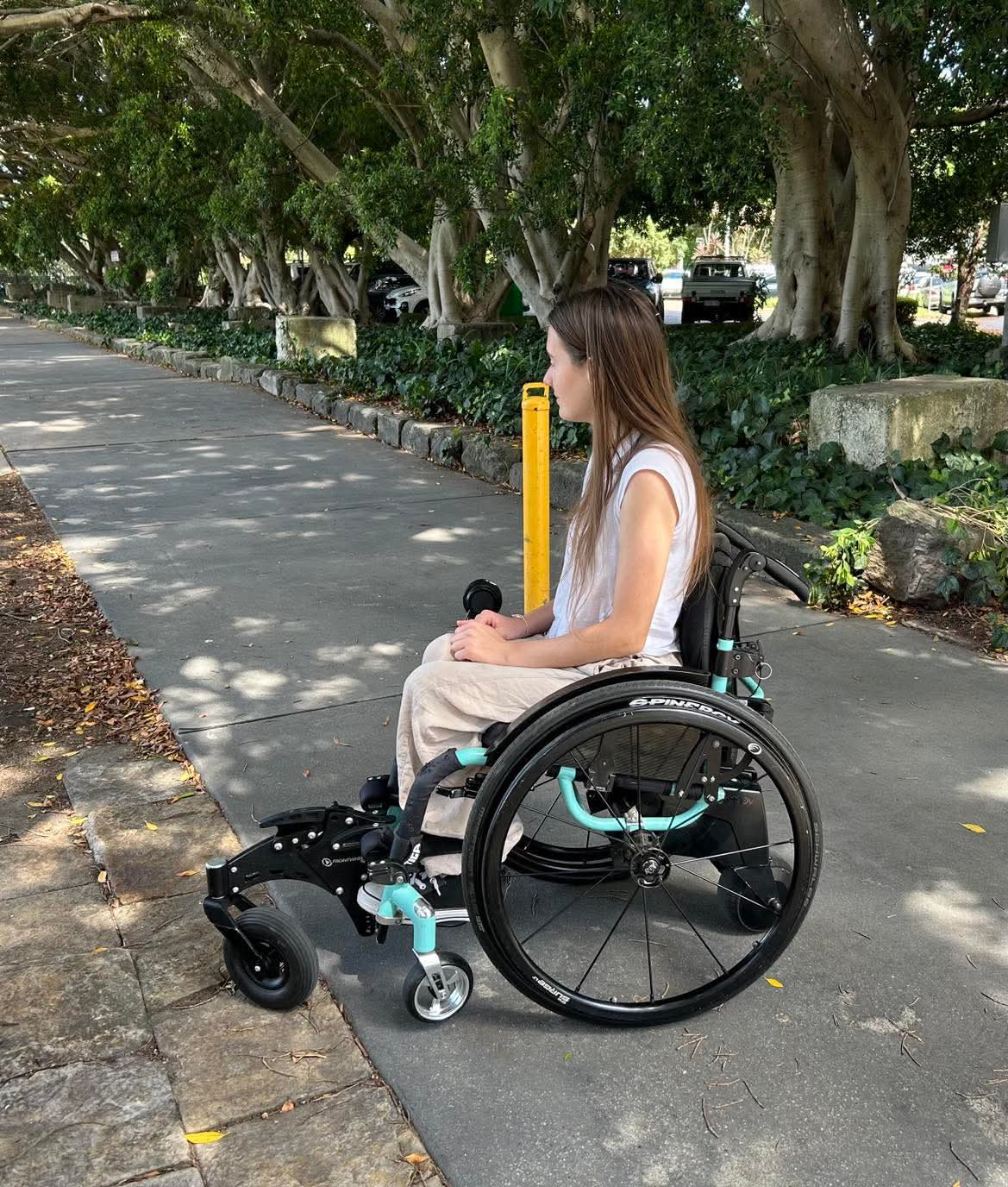
Accessible Dining and Accommodation
Wheelchair-Friendly Restaurants
Dining in Rome is a delightful experience, and the city is making great strides in becoming more accessible for people with disabilities. Many restaurants now feature wheelchair-friendly entrances and facilities, ensuring a more inclusive environment. For added comfort, outdoor seating areas or small cafes with minimal barriers are excellent choices.
Popular dining spots like Piazza Navona and the charming laneways around the Colosseum and Roman Forum offer a wide selection of restaurants that cater to wheelchair users with ease.
Pro tip: Use Google Street View to quickly check if your chosen restaurant is accessible before you go.
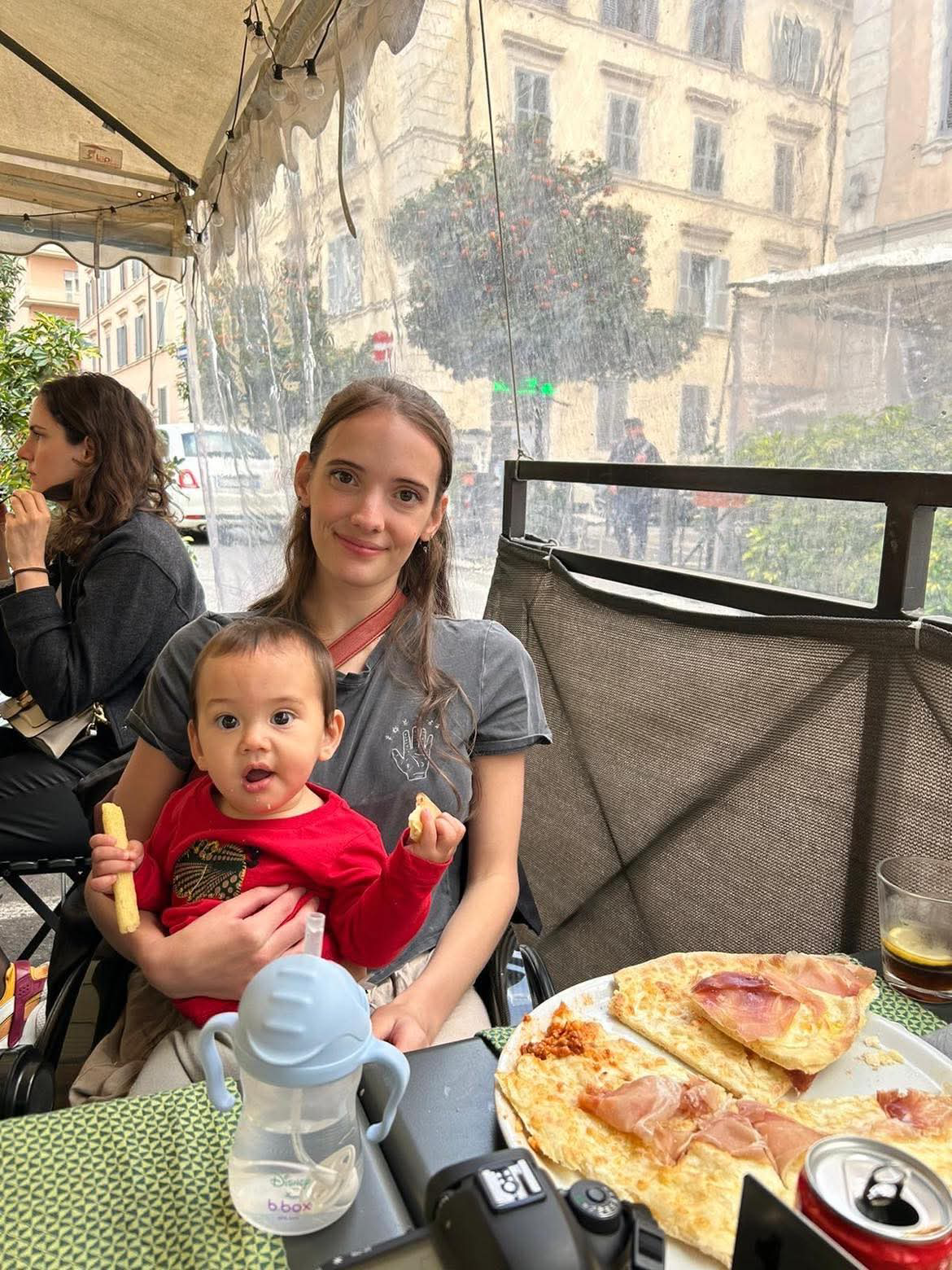
Accessible Hotels in Rome
Rome boasts a variety of accommodations designed to meet accessibility needs, ensuring a comfortable stay for all travelers. When searching for the perfect hotel, we focus on key accessibility features, such as:
- Step-free access from the street
- Availability of elevators
- Spacious room layouts
- Convenient proximity to landmarks and public transport
During our visits to Rome, we had the pleasure of staying at three exceptional hotels:
- Hotel Quirinale
- Hotel Artemide
- Best Western Plus Universo
Each of these hotels exceeded our expectations, offering both comfort and accessibility to enhance the overall experience. We booked each hotel via Booking.com and we cannot fault the service we have received via this platform.

Experience the Magic of Rome with Ease
Rome’s transformation into an accessible destination has made the Eternal City more welcoming than ever. Picture yourself rolling up to the majestic Colosseum or savoring a scoop of gelato in the vibrant Piazza Navona—Rome’s rich history, exquisite cuisine, and breathtaking architecture are now within reach for wheelchair users.
With a bit of preparation and an adventurous spirit, exploring Rome as a wheelchair user is not just doable—it’s unforgettable. Pack your bags, embrace the journey, and prepare to fall in love with the timeless beauty of Italy’s capital.
Happy Travels, Always

